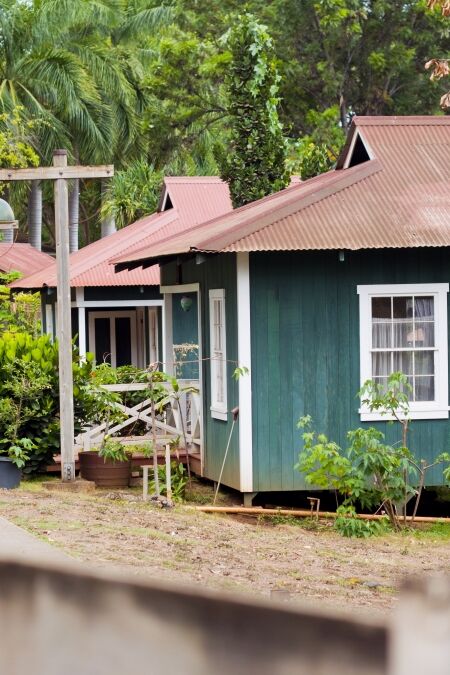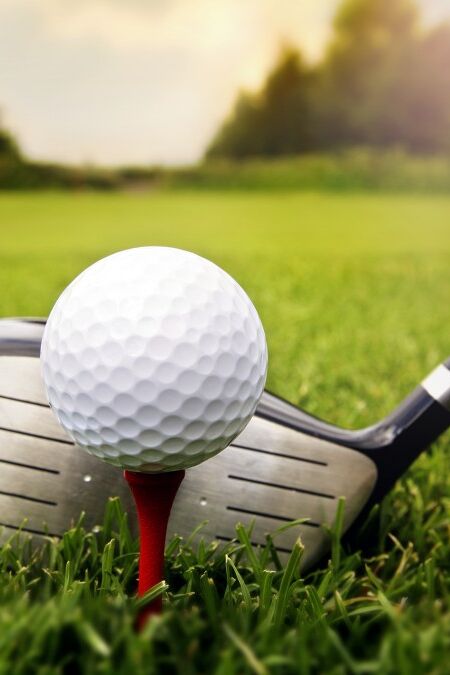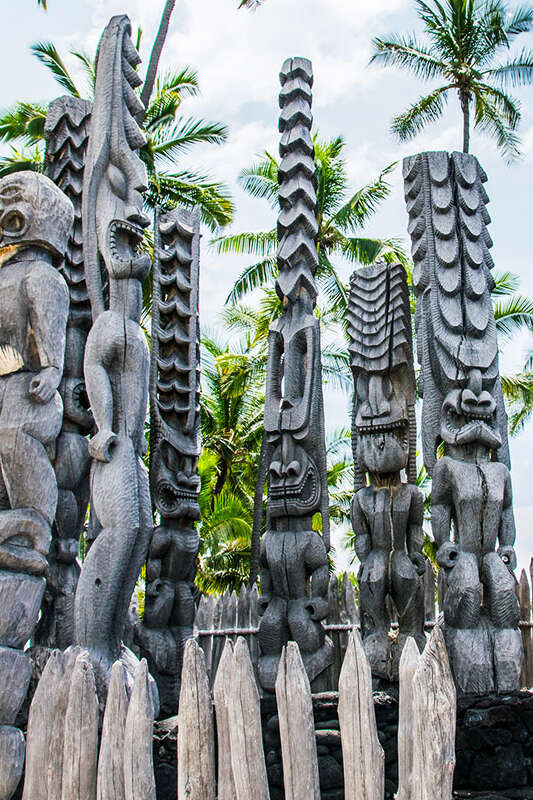When we think of Hawaii, the mind instantly conjures up images of pristine beaches, surf waves, and the melodic rhythm of the hula dance. While hula dance is often associated with graceful female performers, this article shines a spotlight on the distinctive and often overlooked world of male hula dancers, exploring their unique contributions to the dance form. From the evocative movements to the expressive storytelling, male hula dancers add a unique element to Hawaii’s vibrant cultural tapestry. Join us as we delve into their graceful world, steeped in history and filled with passion and artistry.
The History of Hula Dancing in Hawaii
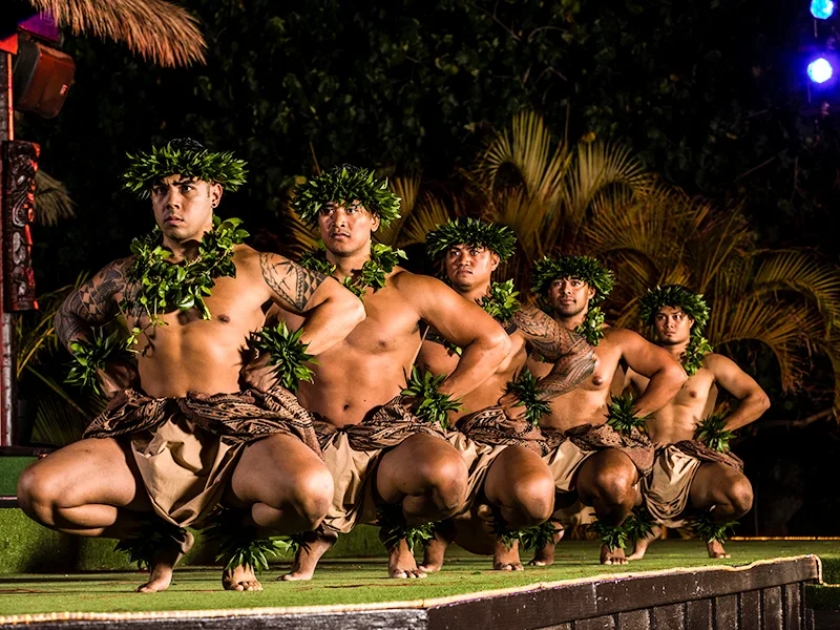
Hula dancing, an iconic cultural practice in Hawaii, has roots embedded deep in the island’s history. Originating from the Polynesians who first settled in Hawaii, hula was born as a religious performance for ancient Hawaiian gods. The dance was traditionally accompanied by chants (‘oli’) and traditional instruments like the ‘pahu’, a Hawaiian drum. Hula has two main styles: the ‘Hula Kahiko’, the ancient style that predates Western influence, and the ‘Hula ʻAuana’, the modern style influenced by Western culture. In the 19th century, hula was almost eradicated due to the Christian missionaries who viewed it as sinful. It wasn’t until the reign of King David Kalākaua, known as the “Merrie Monarch”, in the late 19th century that hula was revitalized and embraced once again. The king, advocating for the perpetuation of traditional Hawaiian culture, made hula a key feature of his royal gatherings, thus ensuring its survival and evolution into the vibrant dance form we see today.
The traditional role of male hula dancers
In the traditional context, male hula dancers, known as “hula kāne,” held significant roles as storytellers, conveying myths, legends, and historical events through their movements. They were revered for their strength, agility, and ability to embody the essence of Hawaiian folklore.
Evolution of male hula dancing over the years
Over the years, the art of male hula dancing has undergone a fascinating evolution, adapting to changes in Hawaiian society while maintaining its cultural integrity. From being exclusively performed in sacred rituals, male hula has expanded to encompass a wider range of themes, styles, and expressions, reflecting the dynamic nature of Hawaiian dance traditions. As Hawaii encountered Western influences, hula gradually evolved, and while female hula dancers are more commonly associated with this cultural practice today, male hula dancers continue to hold a crucial place in this tradition, embodying the strength, resilience, and spirit of Hawaiian culture.
Characteristics of Male Hula Dance
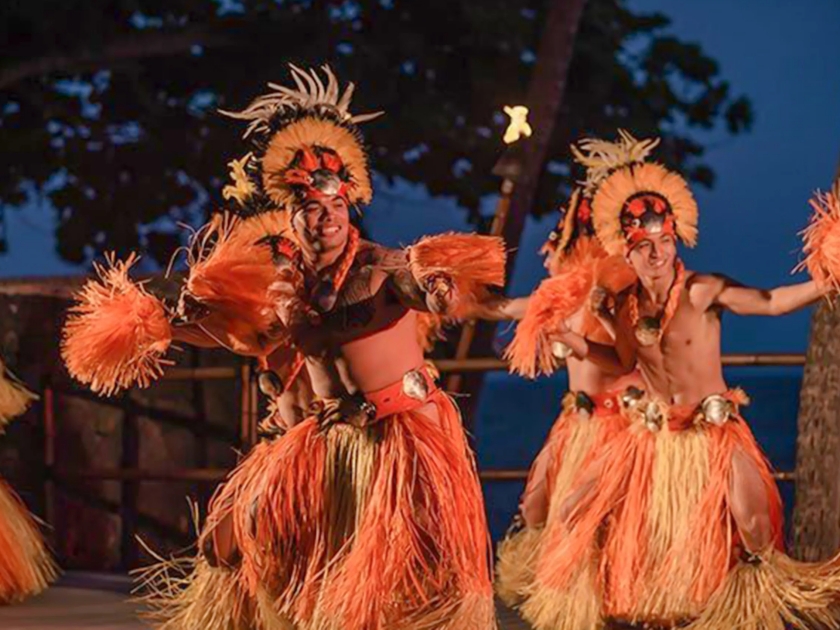
Costumes and attire
The costumes and attire worn by male hula dancers are a visual feast that adds to the allure of their performances. Their traditional costume typically consists of a ‘malo’, a type of loincloth, and sometimes a tapa cloth, made from the bark of the mulberry tree. They may also adorn themselves with lei necklaces and wristbands, and a headpiece, or ‘lei po’o’, made from native Hawaiian flowers and foliage. Pa’u skirts, feathered anklets, and fresh flower leis complete the ensemble, creating a striking and culturally rich aesthetic that enhances the storytelling aspect of the dance.
Movements and gestures specific to male hula
The movements and gestures specific to male hula are a mesmerizing blend of strength and grace. Male hula dancers use dynamic gestures, often incorporating symbolic hand movements and facial expressions to convey the narrative of the dance. The choreography may include powerful footwork, rhythmic hip sways, and gestures that reflect the masculine aspects of Hawaiian folklore. The combination of these movements not only showcases the physical prowess of the dancers but also adds depth and authenticity to the storytelling tradition inherent in hula.
Musical accompaniments and instruments used in male hula
Music plays a pivotal role in hula, enhancing the rhythm and narrative of the dance. Traditional male hula is often accompanied by chants, or `oli`, that narrate the stories being depicted in the dance. These chants are complemented by the use of percussive instruments like the `pahu`, a type of drum, and `uli`uli, feathered rattles, which add to the emotional depth and spiritual expressiveness of the performance.
Famous Male Hula Dancers
Throughout Hawaiian history, several male hula dancers have left an indelible mark on the cultural landscape. Through their dedication, male hula dancers contribute not only to the preservation of tradition but also to the ongoing vibrancy of Hawaiian artistic expression.
- Iolani Luahine: A renowned hula master and chanter who was instrumental in preserving and revitalizing traditional hula during a time of cultural transformation. His contributions to the art form extended beyond his performances, as he dedicated his life to teaching and ensuring the continuity of male hula for future generations.
- George Na’ope: Recognized as the “Grandfather of Hula,” George Na’ope was an influential figure who dedicated his life to preserving the hula dance form. His passion for hula dance led him to create the Merrie Monarch Festival, a prestigious event known worldwide for its hula competitions.
- Robert Cazimero: a celebrated singer and hula master, has played a pivotal role in the resurgence of hula dance on a global scale. His dedication to the art form has garnered him numerous awards and accolades, solidifying his status as a cultural icon in Hawaii.
- Sonny Ching: An eminent kumu hula (hula teacher), Sonny Ching is renowned for his meticulous attention to detail and his innovative choreography. He is revered not only for his mastery of hula but also for his knowledge of Hawaiian culture and history.
Challenges and Misconceptions
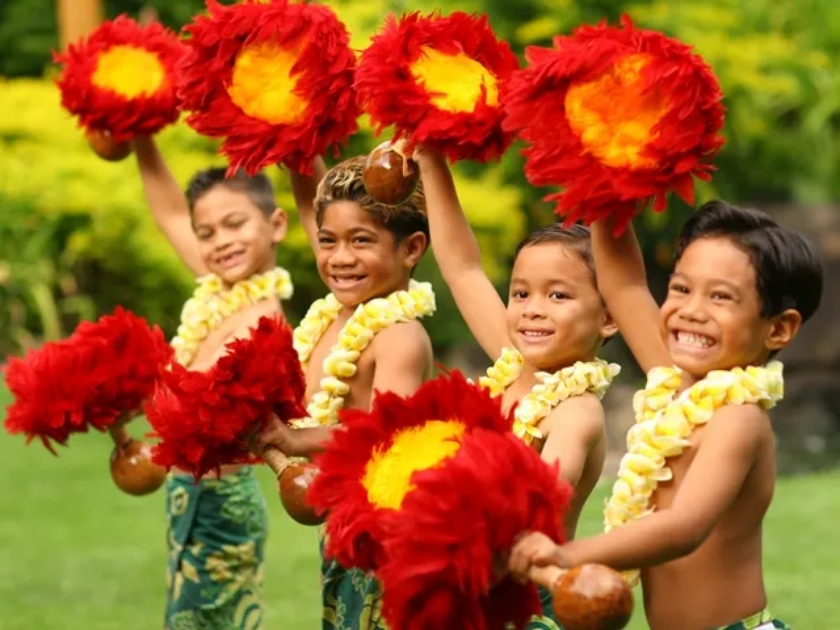
Stereotypes surrounding male hula dancers
Stereotypes surrounding male hula dancers serve as significant barriers to understanding the depth and dignity of this age-old tradition. Firstly, the pervasive stereotype that hula is ‘feminine’ by nature makes it hard for people to accept that men can also express themselves through this dance form. It’s a misconception rooted in the general perception of dance as a female-dominant domain, ignoring the historical context wherein hula was introduced by male Polynesian settlers.
Another stereotype is the association of male hula dancers with effeminacy and lack of strength. The finesse and grace of hula movements are often misunderstood as being ‘soft’ or ‘less masculine’. This stereotype disregards the strength, stamina, and agility required to perform hula, which includes rigorous footwork and precise hand movements. Furthermore, it fails to recognize hula as a form of storytelling, a method of preserving and passing down historical events and genealogical chants, a responsibility predominantly shouldered by male dancers (`kāne`) in traditional Hawaiian culture.
Breaking gender norms and societal expectations
In the world of hula, male dancers are defying gender norms and societal expectations, demonstrating that dance knows no boundaries. They are redefining masculinity, showing it can intertwine with grace, fluidity, and expressiveness typically associated with femininity. These `kāne` not only embrace the athleticism required by hula’s vigorous movements but also the emotional depth and storytelling integral to the dance. They dare to challenge stereotypes, demonstrating that men can be both strong and expressive, powerful and emotive. Their determination and passion are contributing to a broader societal discourse about the fluid nature of gender expression, pushing for a deeper appreciation of cultural diversity. Through their dance, they are rewriting narratives and reshaping perceptions, paving the way for future generations of male hula dancers.
Efforts to preserve and promote male hula dancing
In response to the challenges and misconceptions surrounding male hula dancing, concerted efforts have emerged to preserve and promote this unique facet of Hawaiian culture. Cultural organizations, dance schools, and individual practitioners actively work towards dispelling stereotypes by showcasing the historical significance and artistic excellence of male hula. Initiatives focusing on education and community engagement play a vital role in raising awareness about the contributions of male hula dancers, fostering a more inclusive and respectful appreciation for this enriching cultural practice.
The Impact of Male Hula Dancers on Hawaiian Culture
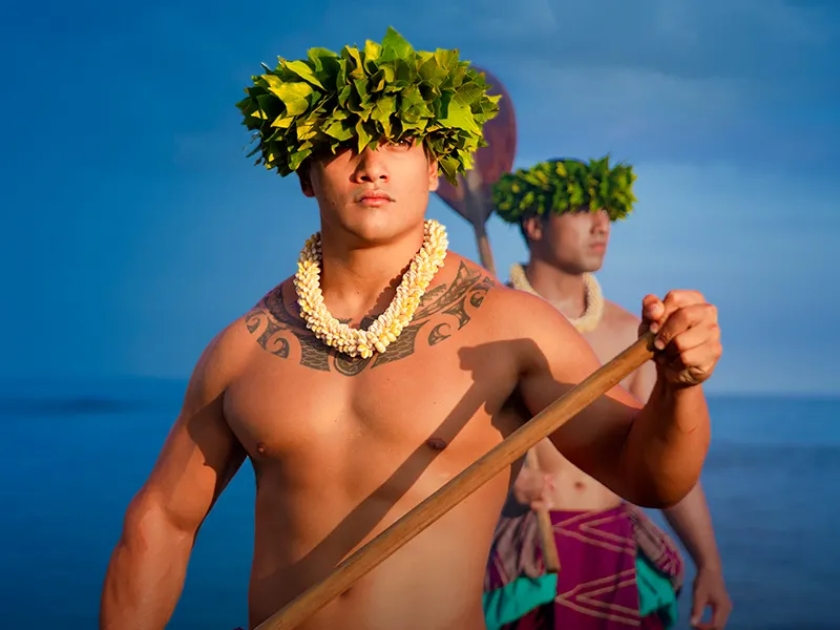
Male hula dancers in Hawaiian festivals and events
Hawaiian festivals and events provide a vibrant platform for male hula dancers to showcase their skills, narrate their stories, and highlight their cultural significance. Prominent among these events is the Merrie Monarch Festival, an annual week-long hula competition held in Hilo. The festival has categories specifically for male dancers, challenging them to convey the strength, agility, and emotional depth intrinsic to their roles. Other significant events featuring male hula include the Prince Lot Hula Festival, the largest non-competitive hula event in Hawaii, and the Molokai Ka Hula Piko Festival, which celebrates the birth of hula. These events not only provide a stage for male dancers to demonstrate their craft but also serve as essential mediums in preserving and propagating the tradition of male hula dance in Hawaiian culture.
Impact on tourism
Male hula dance has become a compelling attraction for tourists seeking an authentic experience of Hawaiian culture. Visitors are drawn to the captivating performances of male hula dancers, recognizing the art form as a living testament to the rich cultural heritage of the islands. The immersive nature of male hula allows tourists to connect with the traditions and narratives of Hawaii, fostering a deeper appreciation for the uniqueness of Hawaiian dance and its role in preserving the spirit of the islands.
The Future of Male Hula Dancing: Encouraging More Men to Join the Tradition
In the face of societal stereotypes and gender norms, the future of hula dancing lies in encouraging more men to engage with this traditional form of expression. By promoting the historical roots and cultural significance of male hula dancers, we can challenge misconceptions and inspire a new generation of `kāne` to embrace this art form. Schools, communities, and cultural organizations play a pivotal role in this endeavor. By integrating hula into educational curriculums and providing platforms for performance and learning, we can foster a deeper appreciation for this dance among young men. Similarly, highlighting the achievements of prominent male hula dancers can serve as a source of inspiration for future artists. As we look ahead, it is evident that the survival and growth of hula as a cultural treasure are closely tied to the inclusion and active participation of men in this tradition. The future of hula dancing is not just about preserving an art form—it’s about keeping a cultural legacy alive and accessible for everyone.


